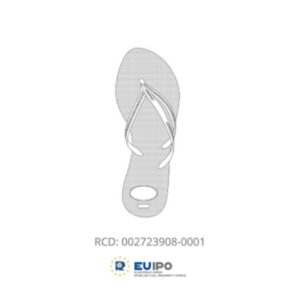The rights conferred to a trade mark proprietor contrary to Article 5 of Directive (EC) 2008/ 95; Article 9 of Regulation (EC) 207/2009; and section 10 of the Trade Marks Act 1994 are synonymous thus have the same level of protection. Article 5(1)(a) of the Directive states:
“The registered trade mark shall confer on the proprietor exclusive rights therein. The proprietor shall be entitled to prevent all third parties not having his consent from using in the course of trade: (a) any sign which is identical with the trade mark in relation to goods or services which are identical with those for which the trade mark is registered…”
This provision constitutes a strict liability offence. The monopoly provided by a trade mark is absolute thus does not require proof of confusion or damage. Article 5 (1)(a) of the Directive provides invaluable protection for proprietors by preventing third parties from creating and placing on the market identical goods which essentially act to undermine the justification behind the trade mark and the reason for its protection.
The leading authority for what constitutes ‘identical’ contrary to Article 5(1)(a) of the Directive is European Court of Justice (CJEU) case LTJ Diffusion SA v Sadas Vertbaudet SA [2003] E.T.M.R 83. This authority supersedes previous UK decisions such as British Sugar plc v James Robertson & Sons Ltd [1996] RPC 281. This case concerned two French companies selling clothing. LTJ Diffusion owned a trade mark consisting of the word ‘ARTHUR’. Sadas marketed children’s clothing and owned the trade mark ‘ARTHUR ET FÉLICIE’. The former was represented in signature form whilst the latter in capital letters. Both marks were registered in class 25 for textiles.
At first instance, the French court referred to the CJEU the question of whether the two marks were identical for the purposes of Article 5(1)(a) of the Directive. The CJEU held that Article 5 of the Directive entitled proprietors to prevent all third parties from using his trade mark in the course of trade. In its decision the CJEU identified several factors that required consideration in such circumstances. A strict interpretation of the criterion of identity of the sign and the trade mark was necessary when comparing the marks as they should be the same in all respects. Accordingly, on remittance to the French court the CJEU held that:
“…the answer to the question referred must be that Art.5(1)(a) of the directive must be interpreted as meaning that a sign is identical with the trade mark where it reproduces, without any modification or addition, all the elements constituting the trade mark or where, viewed as a whole, it contains differences so insignificant that they may go unnoticed by an average consumer.”
Article By Rachel Pellatt











